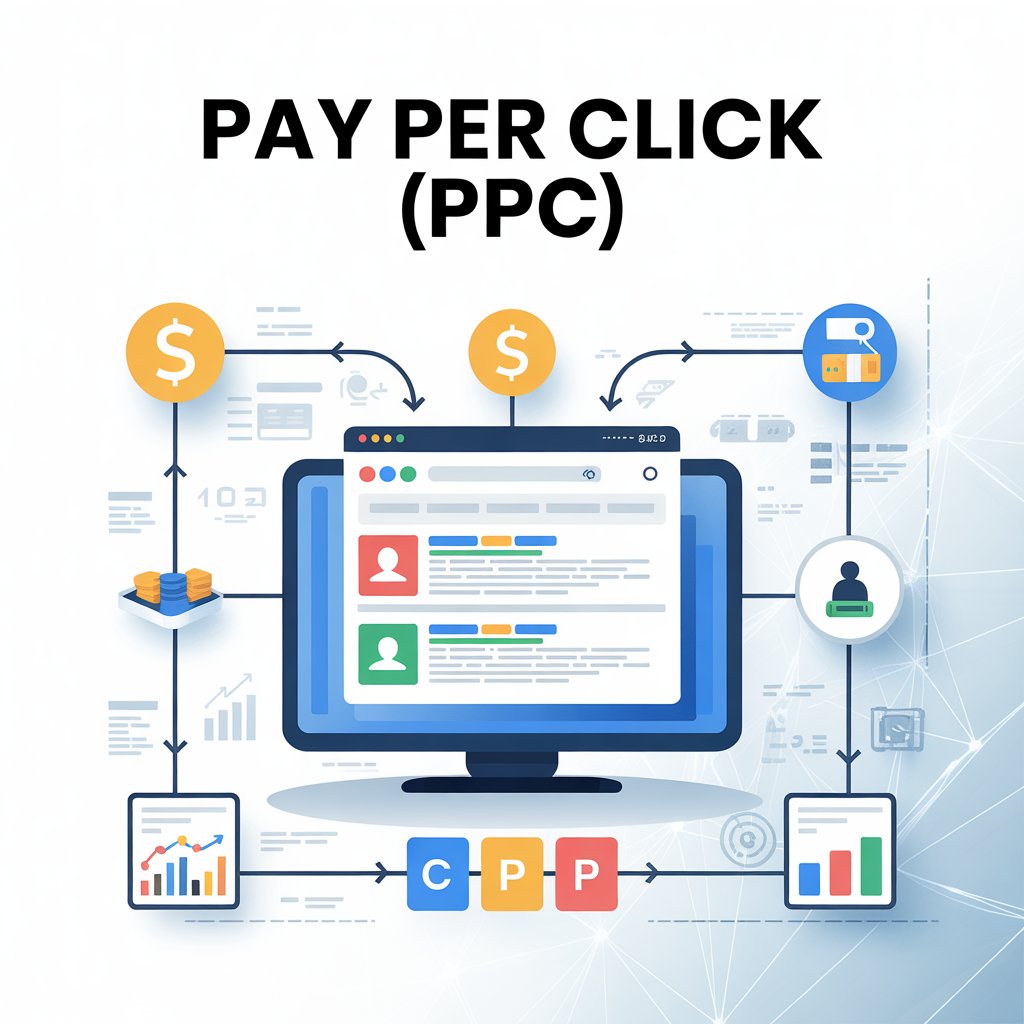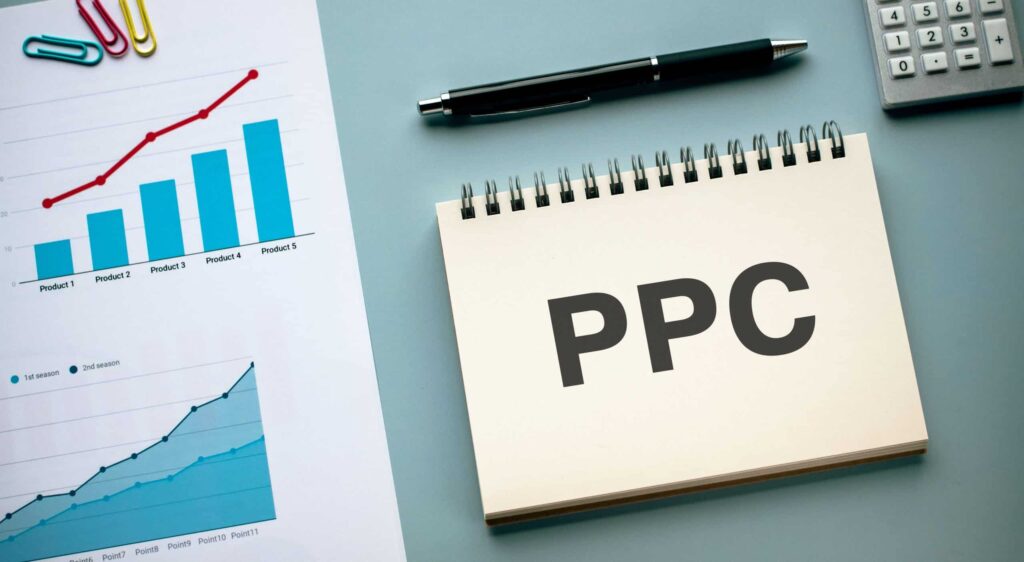Introduction
Pay per click (PPC) advertising is one of the most effective ways to drive targeted traffic, generate leads, and increase sales. However, even seasoned marketers can fall into common traps that waste budget and reduce return on investment (ROI). Whether you’re new to pay per click or looking to refine your strategy, steering clear of these seven mistakes can help you get the most out of your campaigns.
In this comprehensive guide, you’ll learn:
- The most common pay per click mistakes and how to avoid them
- Actionable tips to optimize your PPC campaigns
- How to track and improve your pay per click performance

1. Neglecting Keyword Research
Why it’s a Mistake
Choosing the wrong keywords means your ads appear for irrelevant searches, leading to low click-through rates (CTR) and wasted ad spend.
How to Fix It
- Use keyword research tools: Leverage Google Keyword Planner, SEMrush, or Ahrefs to find high-intent, relevant keywords.
- Focus on long-tail keywords: These often have lower competition and higher conversion rates.
- Update your keyword list regularly: Base updates on performance data and evolving search trends.
Pro Tip: Exclude negative keywords to prevent your ads from showing up in unrelated searches.
2. Ignoring Landing Page Optimization
Why it’s a Mistake
Sending traffic to a generic homepage or a poorly designed landing page can result in high bounce rates and low conversions.
How to Fix It
- Ensure relevance: Your landing page should match the ad copy and keywords.
- Optimize for speed and usability: Fast load times, clear calls-to-action (CTAs), and mobile responsiveness are crucial.
- A/B test different versions: Find out what works best for your audience.
Pro Tip: Use tools like Google Optimize or Unbounce to create and test high-converting landing pages.
3. Setting and Forgetting Campaigns
Why it’s a Mistake
Pay per click campaigns require ongoing monitoring and optimization. Ignoring performance data can lead to missed opportunities and overspending.
How to Fix It
- Review performance weekly: Adjust bids, pause underperforming keywords, and test new ad variations.
- Use automated rules or scripts: Optimize bids and budgets in real time.
- Set up alerts: Get notified of significant changes in performance.
Pro Tip: Use Google Analytics and Google Ads conversion tracking to measure ROI accurately.
4. Overlooking Ad Copy and Creatives
Why it’s a Mistake
Weak or generic ad copy fails to grab attention and doesn’t encourage clicks.
How to Fix It
- Write compelling headlines and descriptions: Focus on benefits and use strong CTAs (e.g., “Shop Now,” “Get a Free Quote”).
- Test different ad formats: Try responsive search ads, image ads, and video ads to see what resonates.
- Use emotional triggers and urgency: Phrases like “Limited Time Offer” can improve CTR.
Pro Tip: Highlight unique selling points and offers to stand out from competitors.
5. Not Using Ad Extensions
Why it’s a Mistake
Ad extensions provide additional information and increase your ad’s visibility, improving CTR and quality score.
How to Fix It
- Add sitelink, callout, and structured snippet extensions: These give users more reasons to click.
- Use location extensions: If you have a physical store, this helps local customers find you.
- Test different extensions: See which ones drive the most engagement.
Pro Tip: Google Ads rewards ads with high-quality scores by lowering your cost per click (CPC).
6. Failing to Track Conversions
Why it’s a Mistake
Without tracking conversions, you can’t measure the success of your campaigns or make data-driven decisions.
How to Fix It
- Set up conversion tracking: In Google Ads and Google Analytics, define what a conversion means for your business (e.g., form submissions, purchases, phone calls).
- Use this data to optimize: Focus on what’s working and improve what’s not.
Pro Tip: Implement offline conversion tracking if your sales process includes phone calls or in-store visits.
7. Disregarding Competitor Analysis
Why it’s a Mistake
Ignoring what your competitors are doing can put you at a disadvantage.
How to Fix It
- Analyze competitors’ keywords, ad copy, and landing pages: Use tools like SpyFu or iSpionage.
- Identify gaps in their strategy: Capitalize on opportunities they’re missing.
- Adjust your bids and messaging: Stand out in the auction.
Pro Tip: Regularly review auction insights in Google Ads to see how you stack up against competitors.

Common Pay Per Click Mistakes: Quick Reference Table
| Mistake | Why It’s Bad | How to Fix It | Tools to Use |
|---|---|---|---|
| Neglecting Keyword Research | Low CTR, wasted spend | Use keyword tools, focus on long-tail keywords | Google Keyword Planner, SEMrush, Ahrefs |
| Ignoring Landing Page Optimization | High bounce rates, low conversions | Match ad copy, optimize for speed, A/B test | Google Optimize, Unbounce |
| Setting and Forgetting Campaigns | Missed opportunities, overspending | Review weekly, use automated rules | Google Ads, Google Analytics |
| Overlooking Ad Copy and Creatives | Low engagement, poor CTR | Write compelling copy, test formats | Google Ads, Canva |
| Not Using Ad Extensions | Lower visibility, reduced CTR | Add sitelink, callout, location extensions | Google Ads |
| Failing to Track Conversions | No ROI measurement, poor decisions | Set up conversion tracking | Google Ads, Google Analytics |
| Disregarding Competitor Analysis | Falling behind competitors | Analyze competitors, adjust strategy | SpyFu, iSpionage |
How to Audit Your Pay Per Click Campaigns
Step 1: Review Keyword Performance
- Identify high-cost, low-conversion keywords.
- Add negative keywords to filter out irrelevant traffic.
Step 2: Analyze Ad Copy and Extensions
- Check CTR for each ad variation.
- Ensure all relevant ad extensions are in use.
Step 3: Evaluate Landing Pages
- Look for high bounce rates or low conversion rates.
- Test new layouts, CTAs, and offers.
Step 4: Track Conversions and ROI
- Make sure conversion tracking is set up correctly.
- Calculate ROI for each campaign and adjust budgets accordingly.
Step 5: Monitor Competitors
- Use competitor analysis tools to stay ahead.
- Adjust bids and messaging based on competitive insights.
Advanced Pay Per Click Strategies for 2025
1. Leverage AI and Automation
- Use Google’s Smart Bidding to optimize for conversions or conversion value.
- Implement automated rules to pause underperforming keywords or ads.
2. Focus on Audience Targeting
- Use remarketing lists for search ads (RLSA) to target past visitors.
- Create custom audiences based on user behavior and demographics.
3. Test New Ad Formats
- Experiment with video ads, discovery ads, and local service ads.
- Use responsive search ads to let Google optimize your ad copy.
4. Optimize for Voice Search
- Include natural language and question-based keywords.
- Ensure your landing pages answer common voice search queries.
5. Integrate Pay Per Click with SEO
- Use PPC data to inform your SEO keyword strategy.
- Create content that targets high-performing pay per click PPC keywords.
Conclusion
Avoiding these seven common pay per click mistakes can significantly improve your campaign performance, reduce wasted ad spend, and increase your return on investment. By focusing on keyword research, landing page optimization, ongoing management, compelling ad copy, ad extensions, conversion tracking, and competitor analysis, you’ll be well on your way to PPC success in 2025.
Ready to take your pay per click PPC campaigns to the next level? Start by auditing your current campaigns and implementing these best practices today!
What’s your biggest pay per click challenge? Share in the comments or reach out contact

